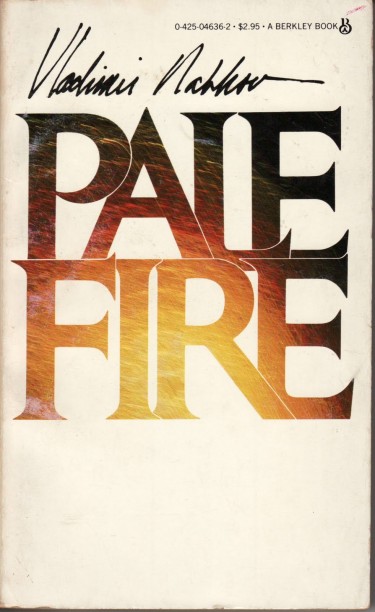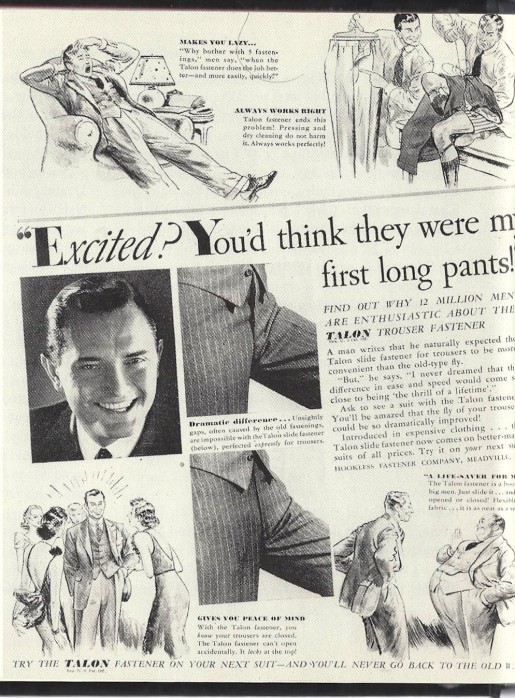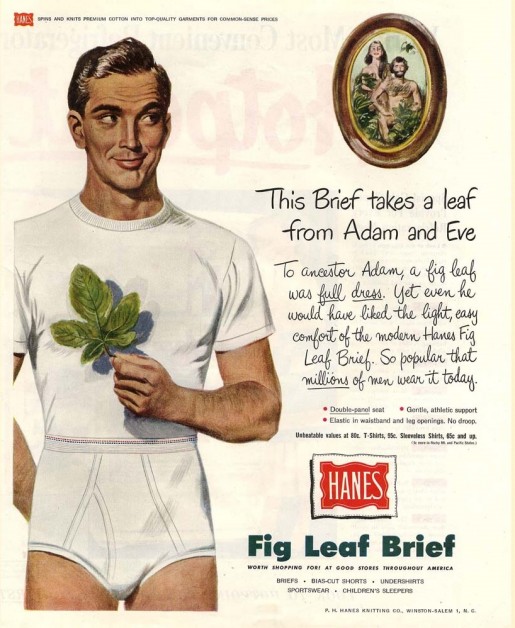Did Vladimir Nabokov Work an Actual Baseball Headline Into One of His Novels?
Here is the latest in a series of examinations into urban legends about baseball and whether they are true or false. Click here to view an archive of the baseball urban legends featured so far.
BASEBALL URBAN LEGEND: Vladimir Nabokov worked an actual baseball headline into his acclaimed novel Pale Fire.
Vladimir Nabokov was one of the most acclaimed writers of the 20th Century, both as a novelist (with his most famous work being 1955’s Lolita and as a non-fiction writer (his memoir, Speak, Memory, was one of the most acclaimed autobiographies of the century). While Lolita is both his best known and most celebrated work, his 1962 novel, Pale Fire, is nearly as revered.

Pale Fire is a uniquely designed novel. It is framed as a long poem by a fictional poet, John Shade, along with a commentary on the poem by the editor of the book, Charles Kinbote. As Kinbote examines the poem, he shares insights into Shade and, ultimately, Kinbote himself.
A much-discussed part of the novel is in lines 97-98 of Shade’s poem (emphasis added)
I was brought up by dear bizarre Aunt Maud,
A poet and a painter with taste
For realistic objects interlaced
With grotesque growths and images of doom.
She lived to hear the next babe cry. Her room
We’ve kept intact. Its trivia create
A still life in her style: the paperweight
Of convex glass enclosing a lagoon,
The verse book open at the Index (Moon,
Moonrise, Moor, Moral), the forlorn guitar,
The human skull; and from the local Star
A curio: Red Sox Beat Yanks 5-4
On Chapman’s Homer, thumbtacked to the door
Later, Kimbrote explains the line thusly:
Line 98: On Chapman’s Homer
A reference to the title of Keats’ famous sonnet (often quoted in America) which, owing to a printer’s absent-mindness, has been drolly transposed, from some other article, into the account of a sports event.
Obviously, it is a reference to John Keats’ famous poem, “On First Looking into Chapman’s Homer.” But is it also a real headline?
One of the fascinating ways in which Nabokov worked was the amount of actual popular culture references that he would work into his stories. In Pale Fire, there are references to literally dozens of other poems, poets, novels and authors. Not only that, but also odd little pieces of popular culture that appealed to Nabokov’s keen sense of satire. When Nabokov came across something that interested him, he would jot it down with the hope of eventually working it into one of his stories in the future. For instance, upon coming across an advertisement he found particularly abhorrent, he jotted down in his notes, “Must write something about advertisements,” and the next day went to the library at Cornell University (where he spent time as a professor) to look through old copies of Life magazine for specific ads that he could mock. After jotting the ads down, he would years later work the idea into Pale Fire, with Kimbrote’s notes on line 91.
Line 91: trivia
Among these was a scrapbook in which over a period of years (1937-1949) Aunt Maud had been pasting clippings of an involuntarily ludicrous or grotesque nature. John Shade allowed me one day to memorandum the first and the last of the series; they happened to intercommunicate most pleasingly, I thought. Both stemmed from the same family magazine Life, so justly famed for its pudibundity in regard to the mysteries of the male sex; hence one can well imagine how startled or titillated those families were. The first comes from the issue of May 10, 1937, p. 67, and advertises the Talon Trouser Fastener (a rather grasping and painful name, by the way). It shows a young gent radiating virility among several ecstatic lady-friends, and the inscription reads: You’ll be amazed that the fly of your trousers could be so dramatically improved. The second comes from the issue of March 28, 1949, p. 126, and advertises Hanes Fig Leaf Brief. It shows a modern Eve worshipfully peeping from behind a potted tree of knowledge at a leering young Adam in rather ordinary but clean underwear, with the front of his advertised brief conspicuously and compactly shaded, and the inscription reads: Nothing beats a fig leaf.
I think there must exist a special subversive group of pseudo-cupids—plump hairless little devils whom Satan commissions to make disgusting mischief in sacrosanct places.
The aforementioned ads are actual ads that appeared in the cited issues of Life.
With that in mind, then, when Nabokov refers to the headline in question, it is quite logical to believe that it, too, was an actual headline that Nabokov came across and jotted down for future use. Nabokov biographer Alfred Appel, Jr., stated this very fact in his book on Nabokov, Nabokov’s Dark Cinema. In it he notes that “Nabokov unearthed in the stacks of the Cornell library the newspaper story headlined ‘Red Sox Beat Yanks 5-4 on Chapman’s Homer'”
The Chapman in question has to be Ben Chapman, as he was the only Chapman to ever play for the Red Sox during the years before this novel came out (I believe since then, as well, but I only checked players before 1962). In his two years with the Red Sox, Chapman only hit one home run in a game in which the Red Sox defeated the Yankees. In that game, the Red Sox won 8-4, with Chapman’s solo home run tying the game at 2-2 in the second inning. The Red Sox would take control of the game in a six-run inning in the sixth, during which Chapman sacrificed runners on first and second to second and third in front of a two-run double by Bobby Doerr.
Therefore, there is no way that the headline could have read “Red Sox Beat Yanks 5-4 On Chapman’s Homer” and there is almost certainly no way that the headline could have read “Red Sox Beat Yanks 8-4 On Chapman’s Homer.”
Instead, it is more likely that Nabokov did, indeed, come across some headline that did mention Chapman hitting a homer (Chapman hit a walk-off home run for the Yankees in 1934 and one for the Red Sox in 1937. The former was an 8-7 victory and the latter was a 4-3 win) and just used that as the basic inspiration for the gag. Or, I suppose, he could have encountered the actual sonnet and thought, “That sounds like a baseball reference – I should do something with that.” Whatever Nabokov’s reasoning was, he did not get the headline from an actual newspaper clipping, despite the assertion that he did by many Nabokov scholars over the years.
The legend is…
STATUS: False
Thanks to Michael Donohue for first coming up with the notion of, “Hey, we could actually fact check this” and checking out Chapman’s home runs as a Red Sox (I confirmed it myself, as well, but Donohue was the first one to do it).
Feel free (heck, I implore you!) to write in with your suggestions for future installments! My e-mail address is bcronin@legendsrevealed.com.
Tags: "On First Looking into Chapman's Homer", Ben Chapman, Boston Red Sox, Charles Kinbote, Hanes Fig Leaf Brief, John Keats, John Shade, Life Magazine, Lolita, New York Yankees, Pale Fire, Speak Memory, Talon Trouser Fastener, Vladimir Nabokov







